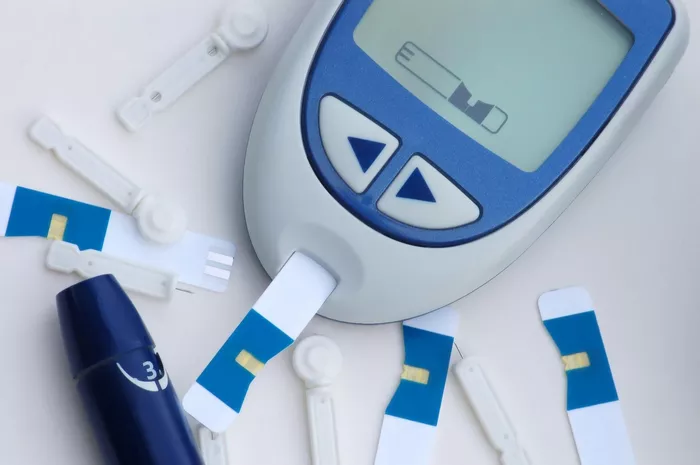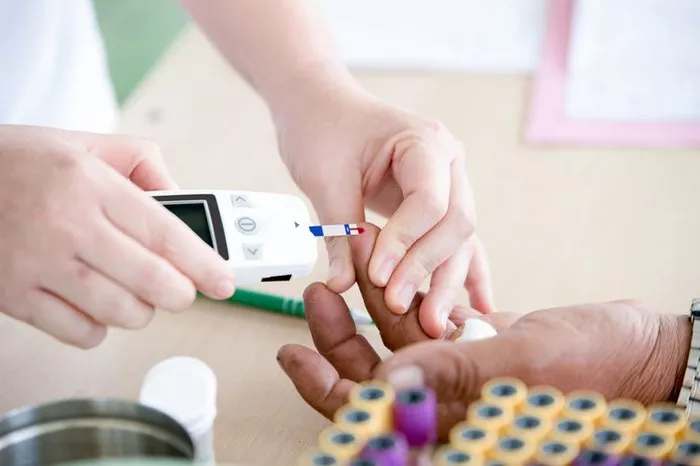In recent years, the diabetes community has witnessed a groundbreaking advancement in diabetes management known as “looping.” Looping refers to the use of closed-loop automated insulin delivery systems, also known as artificial pancreas systems, to automate insulin delivery and optimize blood glucose control in individuals with diabetes. This revolutionary approach has transformed the way people with diabetes manage their condition, offering greater flexibility, improved glycemic outcomes, and enhanced quality of life. In this comprehensive article, we’ll explore the concept of looping, how it works, its benefits and limitations, and its impact on diabetes care.
Understanding Looping:
Looping involves the integration of continuous glucose monitoring (CGM) devices, insulin pumps, and algorithm-based software to create a closed-loop system that automatically adjusts insulin delivery based on real-time glucose readings. The goal of looping is to mimic the function of a healthy pancreas by providing precise insulin dosing to maintain blood glucose levels within target ranges while minimizing the risk of hypoglycemia (low blood sugar) and hyperglycemia (high blood sugar).
Components of a Looping System:
1. Continuous Glucose Monitoring (CGM): CGM devices continuously monitor glucose levels in the interstitial fluid, providing real-time data on blood sugar trends and fluctuations.
2. Insulin Pump: Insulin pumps deliver insulin subcutaneously through a small cannula, providing precise and customizable insulin doses throughout the day.
3. Control Algorithm: The control algorithm serves as the “brain” of the looping system, analyzing CGM data and making automated insulin dosing decisions based on predefined parameters and individualized settings.
4. Smartphone or Controller: A smartphone or dedicated controller serves as the user interface for the looping system, allowing users to monitor glucose levels, review system alerts, and adjust settings as needed.
How Looping Works:
The closed-loop system operates in a continuous feedback loop, with the CGM providing real-time glucose data to the control algorithm, which then calculates and delivers insulin doses accordingly. The algorithm takes into account factors such as current glucose levels, rate of change, insulin sensitivity, and carbohydrate intake to determine the appropriate insulin dose. The insulin pump delivers insulin boluses or basal rates as directed by the algorithm, aiming to keep blood glucose levels within target ranges and prevent hypo- and hyperglycemia.
Benefits of Looping:
1. Improved Glycemic Control: Looping systems have been shown to significantly improve glycemic outcomes, including reductions in average blood glucose levels, time spent in hyperglycemia and hypoglycemia, and variability in blood sugar fluctuations.
2. Reduced Hypoglycemia Risk: By continuously monitoring glucose levels and adjusting insulin delivery in real time, looping systems can help reduce the risk of hypoglycemia, a common concern with conventional insulin therapy.
3. Greater Flexibility: Looping allows for more flexible meal timing and composition, as the system can adjust insulin delivery in response to changes in carbohydrate intake and activity levels.
4. Enhanced Quality of Life: Many individuals report improved quality of life with looping, citing reduced diabetes-related stress, fewer disruptions to daily activities, and increased confidence in managing their condition.
5. Customizable Settings: Looping systems offer customizable settings and parameters, allowing users to tailor the system to their individual needs, preferences, and lifestyle.
Limitations and Challenges:
While looping offers many benefits, there are also some limitations and challenges to consider:
1. Cost: Looping systems can be expensive, requiring investment in CGM devices, insulin pumps, and compatible software. Additionally, ongoing costs may include sensor and pump supplies, software updates, and maintenance.
2. Technical Complexity: Setting up and troubleshooting looping systems may require technical expertise and familiarity with software programming and device interoperability.
3. Regulatory Considerations: Regulatory approval and availability of looping systems may vary by country, with some regions having limited access to these technologies due to regulatory barriers or reimbursement challenges.
4. User Engagement: Successful implementation of looping requires active engagement and participation from users, including regular monitoring of glucose levels, calibration of sensors, and adjustment of system settings.
5. Learning Curve: There may be a learning curve associated with transitioning to looping, as users become familiar with the technology, understand how to interpret system data, and optimize insulin delivery settings.
Future Directions:
As technology continues to advance, the field of looping holds promise for further innovation and refinement. Future developments may include:
1. Integration of Additional Sensors: Incorporating additional sensors, such as activity trackers or meal detection devices, could enhance the accuracy and functionality of looping systems.
2. Personalized Algorithms: The development of personalized algorithms based on individual characteristics, preferences, and metabolic profiles could further optimize insulin dosing and improve outcomes.
3. Hybrid Closed-Loop Systems: Hybrid closed-loop systems that combine automated insulin delivery with user-initiated bolus dosing offer a flexible and adaptable approach to diabetes management.
4. Interoperability and Integration: Improved interoperability and integration between devices and software platforms could streamline data sharing, enhance user experience, and facilitate seamless communication between healthcare providers and patients.
Conclusion:
Looping represents a paradigm shift in diabetes management, offering individuals with diabetes an innovative and effective approach to optimizing blood glucose control. By leveraging the power of technology, looping systems enable real-time monitoring and automated insulin delivery, leading to improved glycemic outcomes, reduced hypoglycemia risk, and enhanced quality of life. While there are challenges and considerations associated with looping, the potential benefits far outweigh the limitations. As technology continues to evolve and accessibility increases, looping holds promise for transforming the lives of individuals with diabetes and revolutionizing the future of diabetes care.


























